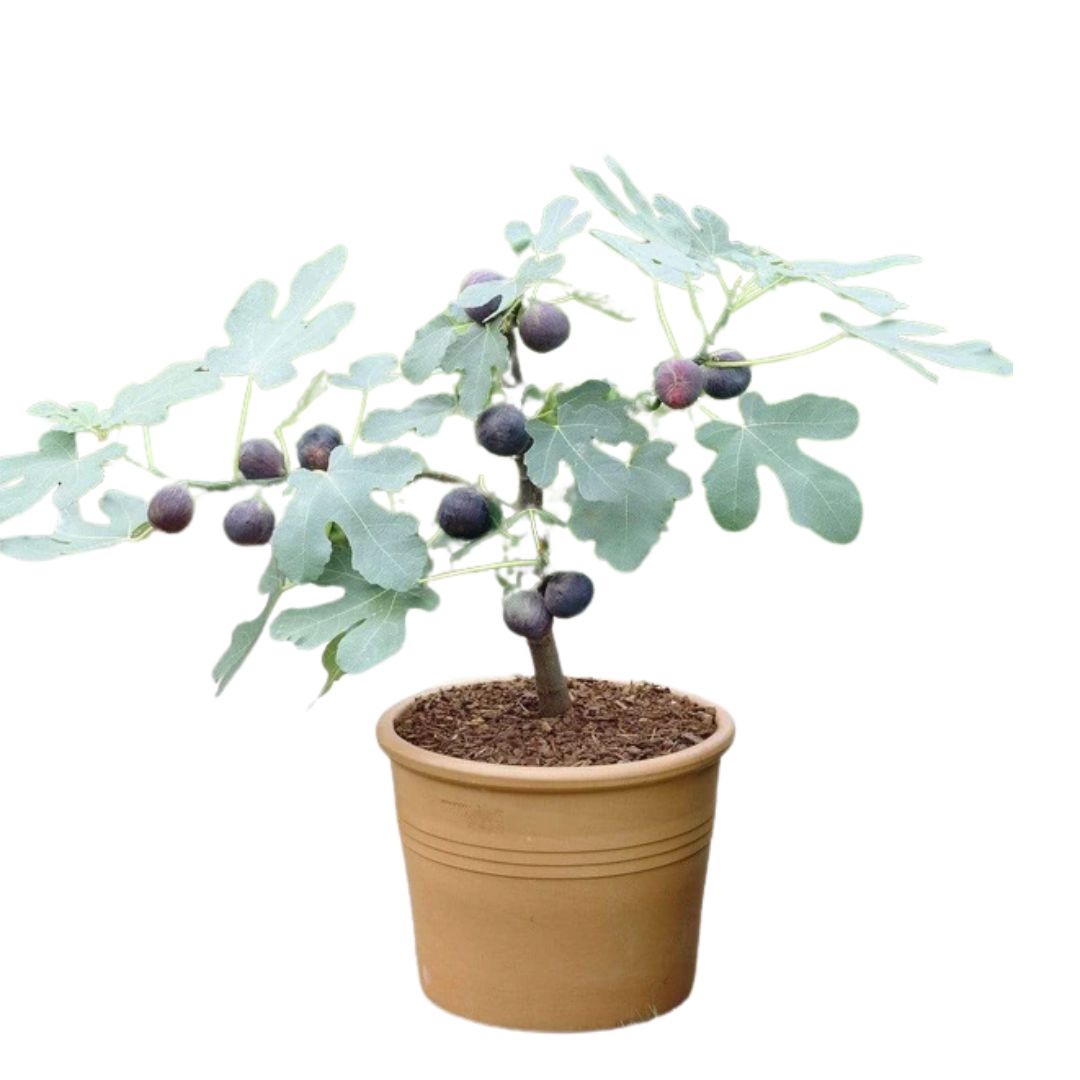10 Fence Line Landscaping Ideas — Contemporary and Classic Combinations for Beautiful Borders
Line boundaries with these plants, shrubs, and trees for a lush landscape that suits your space
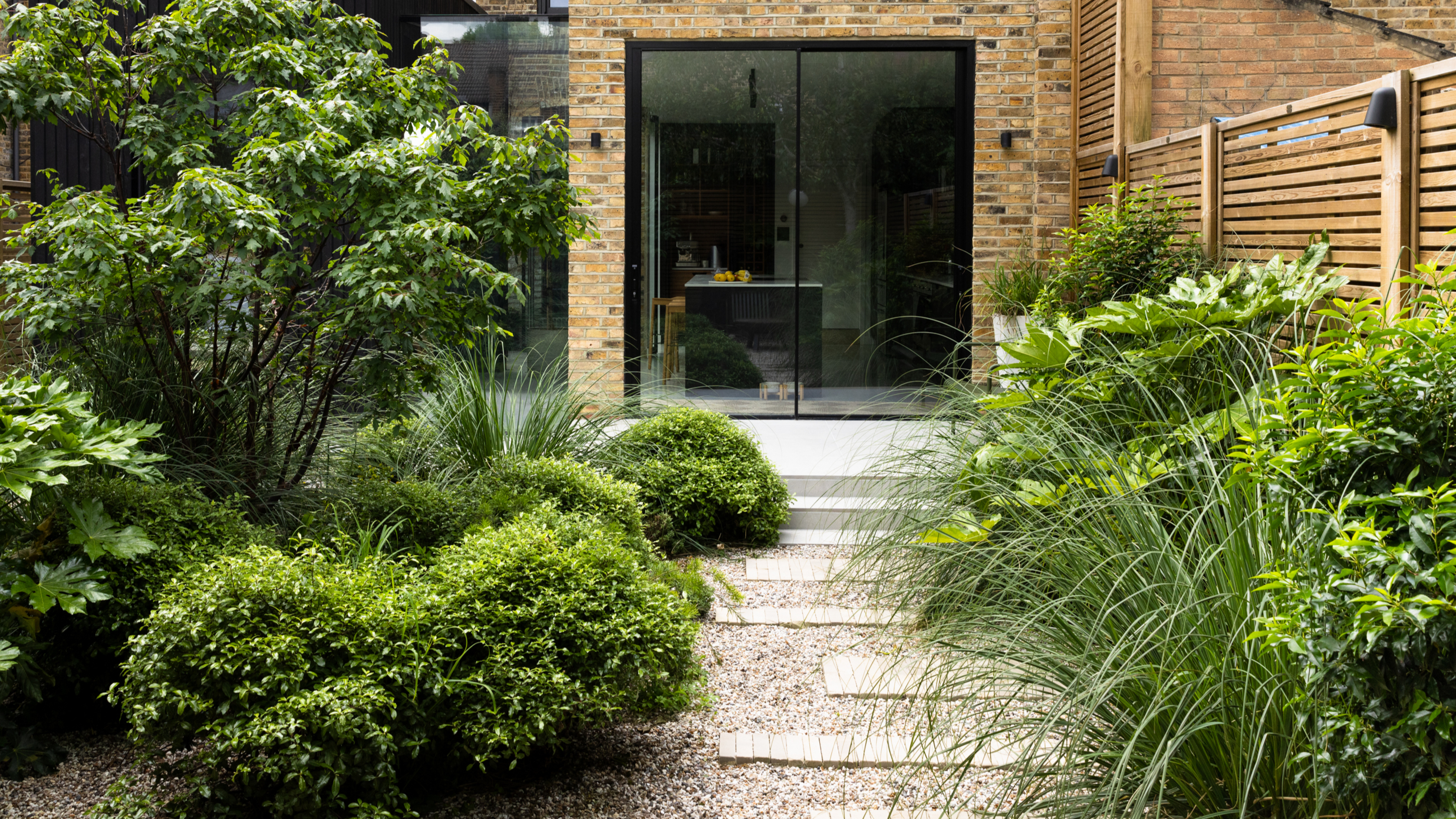
The best fence line landscaping ideas can have a dramatically positive effect on the look and feel of your front and backyard–increasing both your property's kerb appeal and your own enjoyment of your outside space.
When considering landscaping ideas, it's important that the materials and plants you use work with the style of your home and are suitable for your climate. A tropical oasis of palm trees might sound appealing, but if you live in a Brooklyn brownstone, they might look out of place and find it hard to thrive.
Choosing the best plants for a fence line doesn't have to be daunting, it's just a matter of softening the 'hardscape' ie the brick, timber and stone etc with greenery that will flatter your home's exterior, is suitable for your region and easy to maintain. There are wider benefits too. So what do landscapers and garden designers suggest?
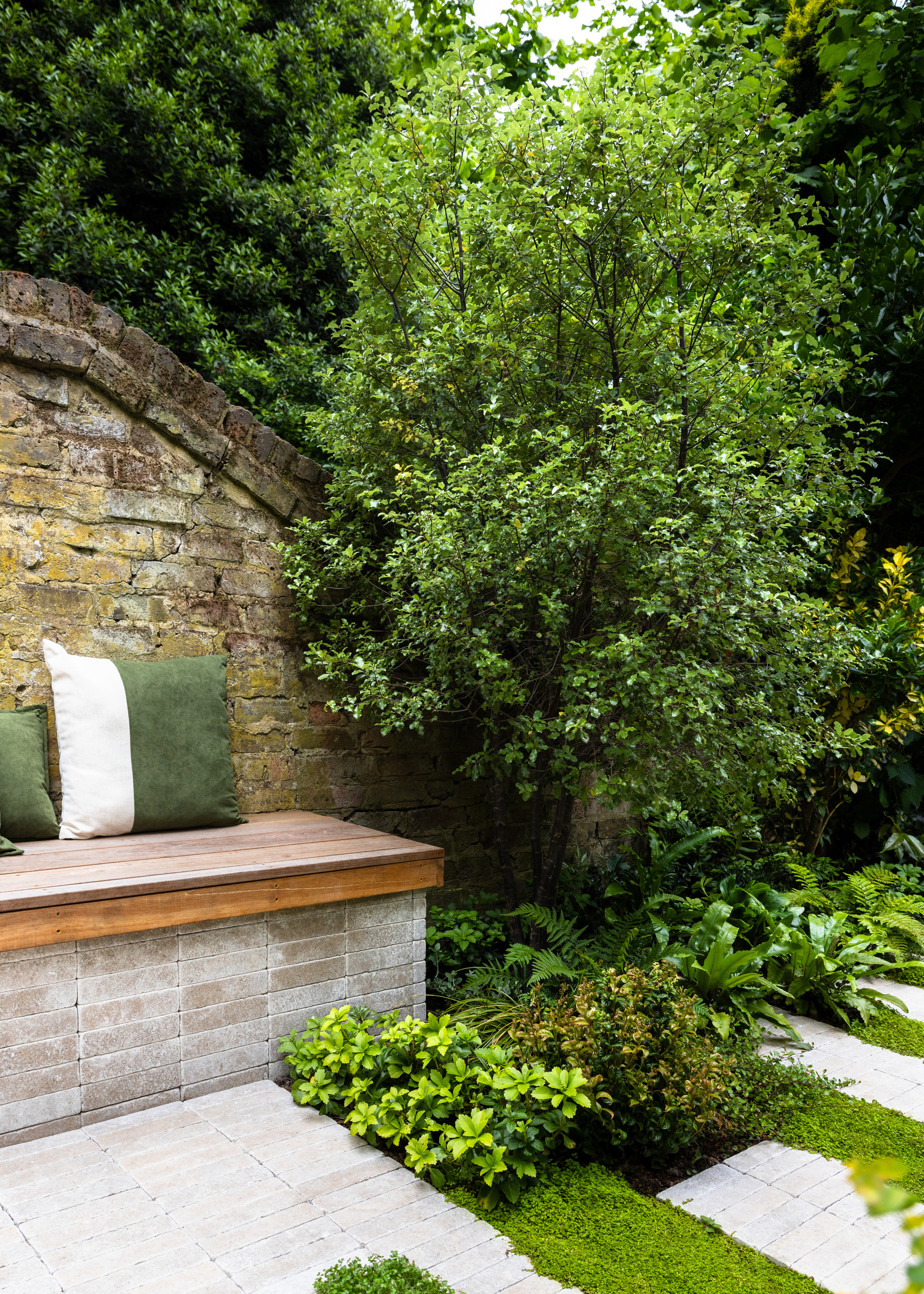
Choose ferns and other understory plants for shady spots beneath trees.
As well as being more pleasing to look at, plants and trees along a fence line can make urban environments more comfortable to be in too.
"By covering hard, heat-reflecting surfaces with more vegetation, plantings can lower the temperature of the ambient air in cities," explains Kelly D. Norris, ecological horticulturalist and author of New Naturalism.
"Research has shown that surfaces such as glass, concrete, and steel that were covered in plants were 20–45°F (11–25°C) cooler than when the same materials were unshaded. This organic air conditioning reduces energy use, improves air quality, and lowers greenhouse gas emissions."
1. Tall Grasses With Timber Fencing for Contemporary Style

Honey-toned timber is a beautiful backdrop for lush grasses.
Choosing a privacy fence with flat, narrow slats in honey-toned timber and thin gaps brings a fresh, modern style to a garden. This simple, linear fence beautifully offsets tall grasses and leafy foliage for a lush landscape of complementary tones and texture.
The Livingetc newsletters are your inside source for what’s shaping interiors now - and what’s next. Discover trend forecasts, smart style ideas, and curated shopping inspiration that brings design to life. Subscribe today and stay ahead of the curve.
"Tall, swaying grasses like miscanthus or pennisetum add height, movement, and a softness against a horizontal slatted timber fence," says Gina Taylor, garden designer and founder, East London Garden Design.
"A fence crafted from soft-toned woods like cedar, larch, or thermally treated ash offers a clean and contemporary design that works well with the naturalistic planting."

Gina Taylor is the founder and lead designer of East London Garden Design, a studio specialising in contemporary urban gardens, courtyards, and rooftops. Based in East London, Gina is passionate about creating outdoor spaces that feel like a true extension of the home — places that are welcoming, personal, and connected to their surroundings.
2. A Reclaimed Brick Wall With Espaliered Fruit Trees for Character
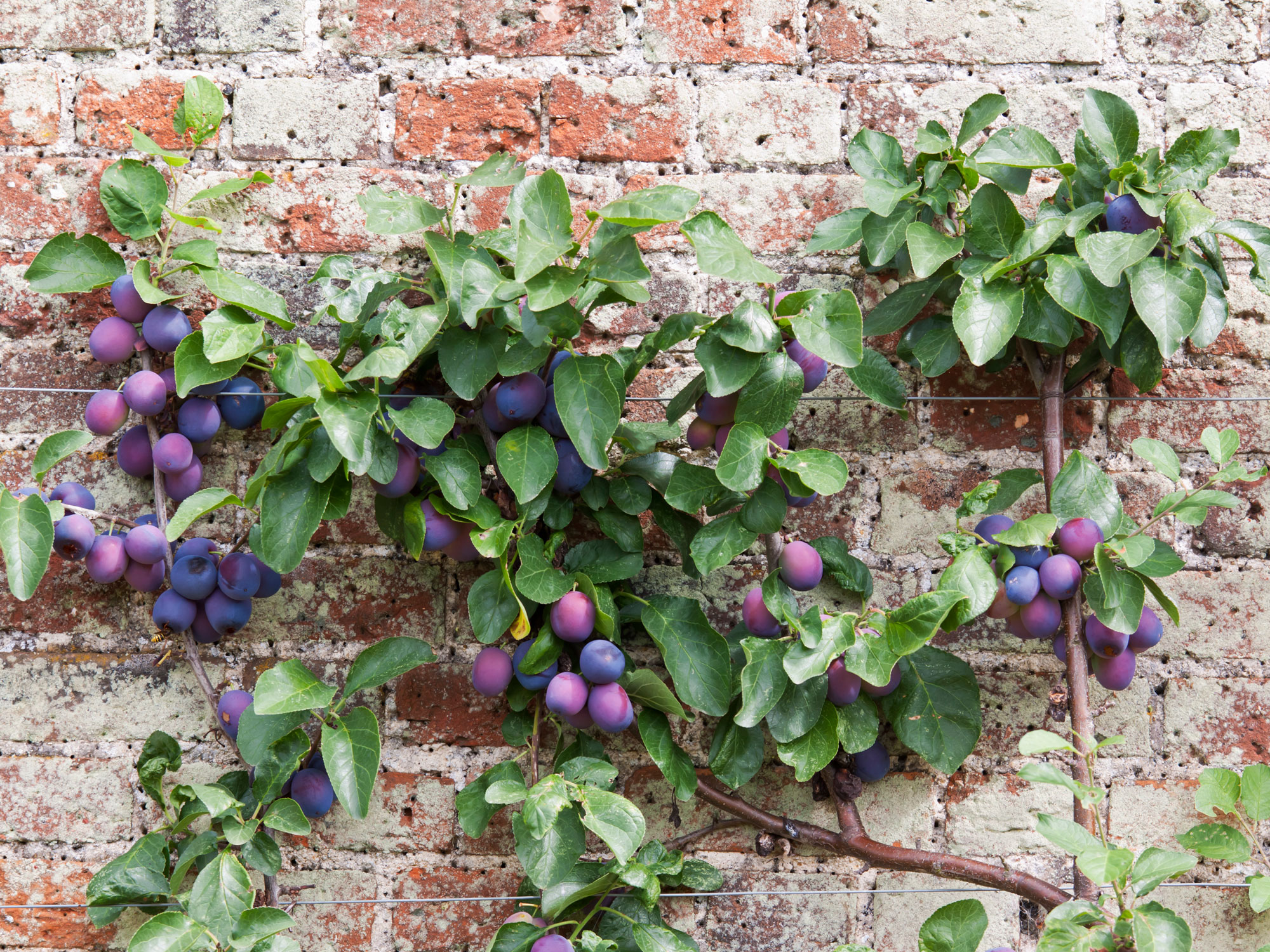
Choose attractive edibles for your fence line landscaping.
If you want something more sturdy than a fence or hedge, an equally beautiful but lower-maintenance option is a reclaimed brick wall. Chosen well, this has the added benefit of blending with your home's exterior and looking like it's always been there. Depending on the style of the rest of your garden, plant vines to climb over it or espaliered fruit trees for a charming kitchen garden feel.
"For a timeless, characterful garden boundary, nothing beats the beauty of reclaimed bricks— particularly ones that match the style and patina of older terraced houses," says Gina Taylor, garden designer and founder, East London Garden Design. "It adds instant depth and history to your space, while championing a more sustainable, environmentally mindful approach.
"Rather than opting for imposing walls, a lower brick wall offers just the right balance of privacy and openness. The textured, weathered surface of old bricks acts as the perfect backdrop for climbing plants. Train ivy, star jasmine, or climbing roses to scramble over it and soften the structure, creating a lush, layered look that changes beautifully with the seasons.
"For an even more purposeful garden, espaliered fruit trees — apples, pears, or figs — can be carefully trained against the sun-warmed brick, blending beauty with productivity in a way that feels entirely natural.
"Choosing reclaimed materials gives new life to old resources, reduces environmental impact, and ensures your garden feels seamlessly connected to its surroundings."
3. A Dark Fence With Evergreen Climbers for Year-Round Appeal
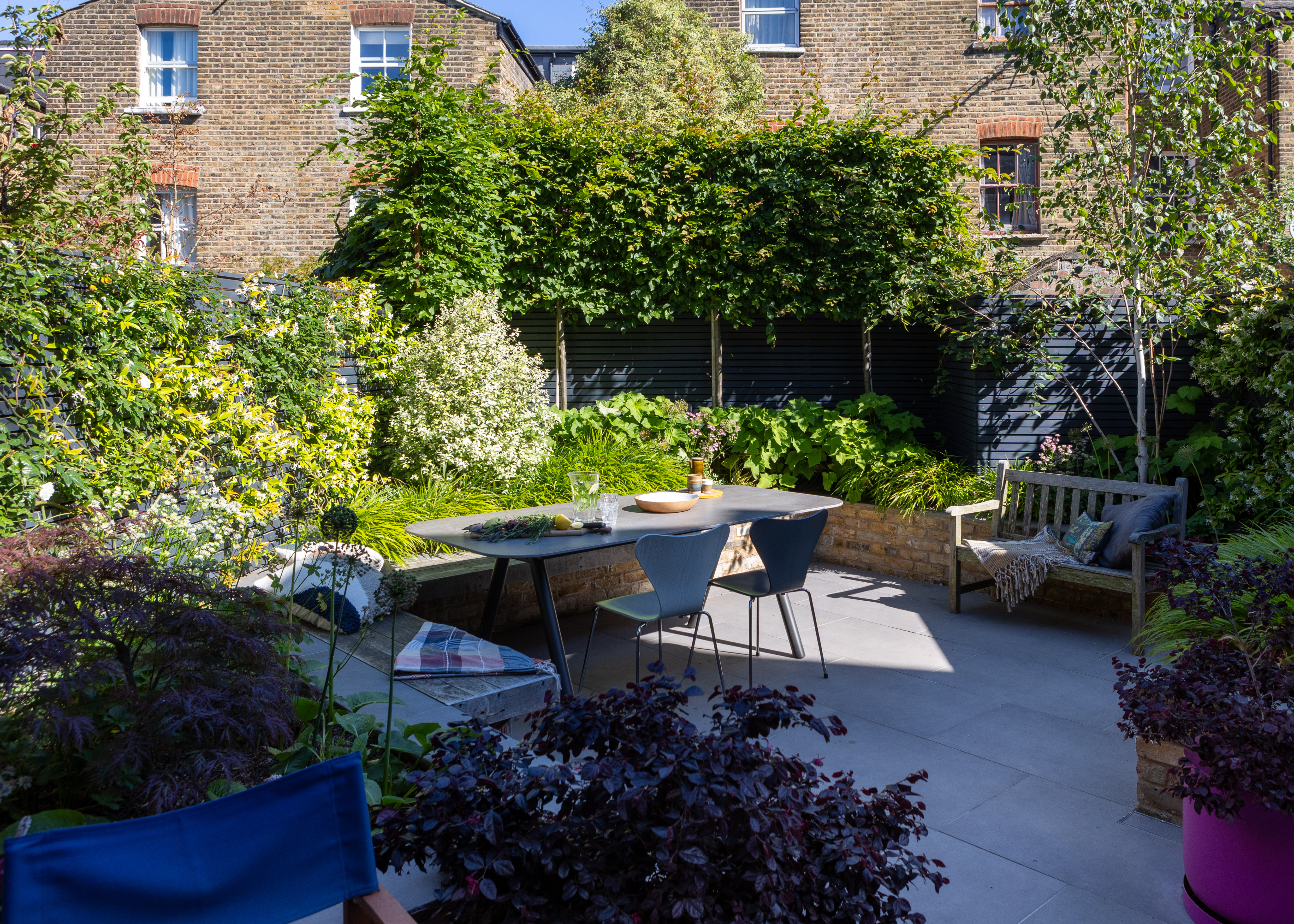
Climbing vines add vertical interest and dimension.
A privacy fence idea that is popular for gardens right now is to paint or stain the timber in a dark tone, such as charcoal. This creates an attractive and adaptable backdrop, as most plants, whether foliage or flowers, will grow against it. Garden designer Sarah Kay likes to plant evergreen climbers and flowering vines for year-round interest.
"Dark painted fences with either trellis wires or horizontal battens (to allow climbers to be trained) soften the look and create additional vertical planting space, so they are a good option for small gardens," says Sarah Kay, founder, Sarah Kay Garden Design.
Sarah continues: "Evergreen climbers such as Jasmine (Trachelospernum jasminoides) and climbing Hydrangeas (Hydrangea anomala petiolaris) provide all year-round greenery and look great interspersed with deciduous climbers like Clematis and Honeysuckle. The dark boundaries contrast beautifully with the color in the planting, increasing its vibrancy."

Sarah Kay is an award winning East London based garden designer with over 12 years’ experience of transforming awkward or neglected spaces into beautiful gardens. With garden design qualifications from the renowned Capel Manor college and a pre-registered member of the Society of Garden Designers, Sarah brings a wealth of qualified experience and passion to creating bespoke, stylish but practical, wildlife friendly gardens.
4. Pleached Trees Peeping Over a Fence for Privacy
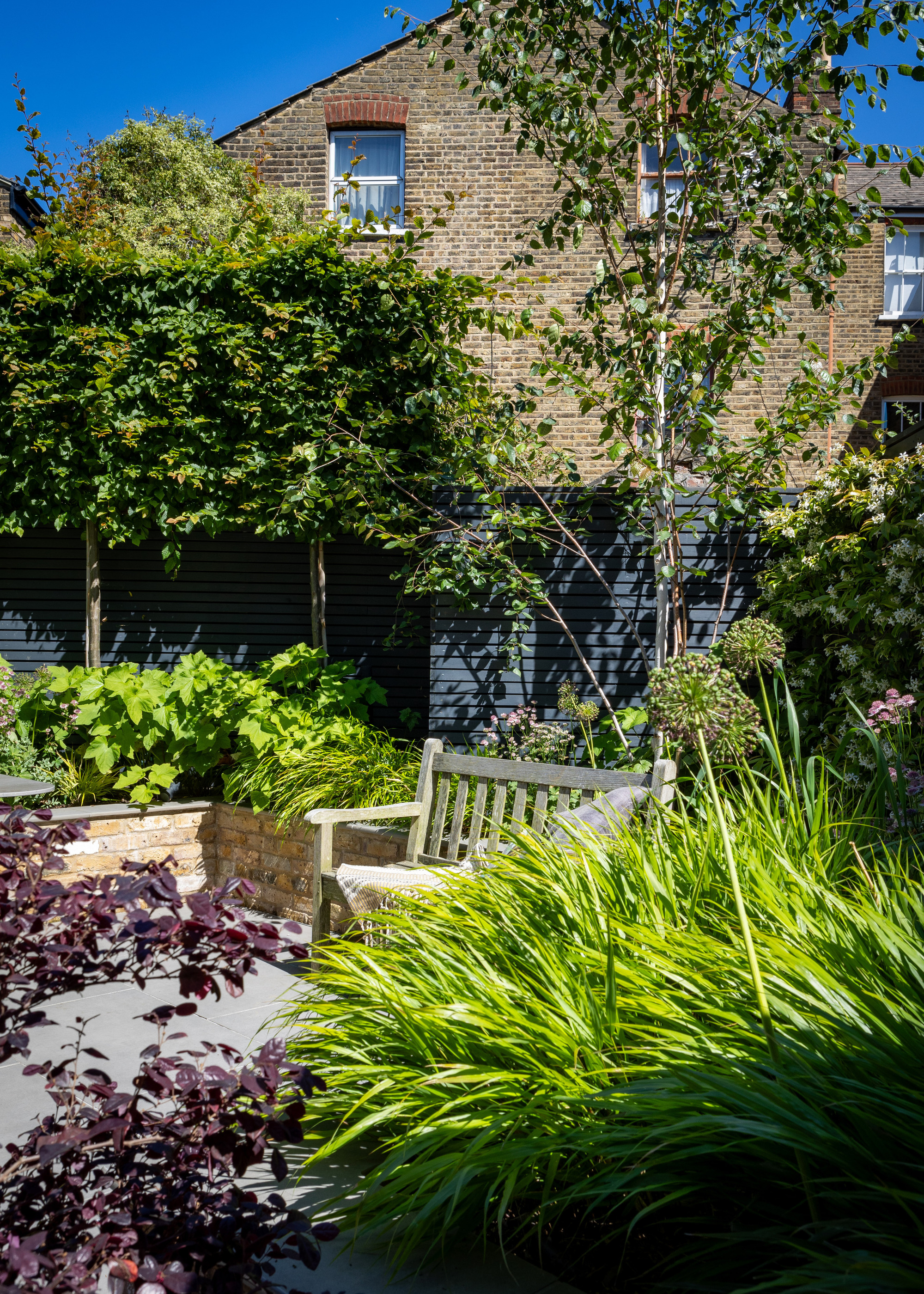
Pleached tress are a natural way of creating a boundary in your fence line.
The guidelines for fence heights vary according to county or borough, even street, if you live in a conservation area. However, a general rule of thumb for many places is that boundary fences must not be taller than six feet.
Yet, this height restriction does not apply to trees. This is one of the reasons pleached trees are a favorite for garden designers. This elegant option provides extra height with a leafy canopy, which is trimmed and trained into shape without taking up much space along the border. They make for the perfect garden screening idea.
"Pleached trees in front of fencing extend the height of the boundaries, providing privacy and seclusion," says Sarah. "Beech (Fagus) and Hornbeam (Carpinus) work well as they provide year-round coverage, or opt for evergreen Yew (Taxus baccata), Photonia or Portuguese Laurel (Prunus lusitancia)."
5. An English Laurel Hedge for Simplicity
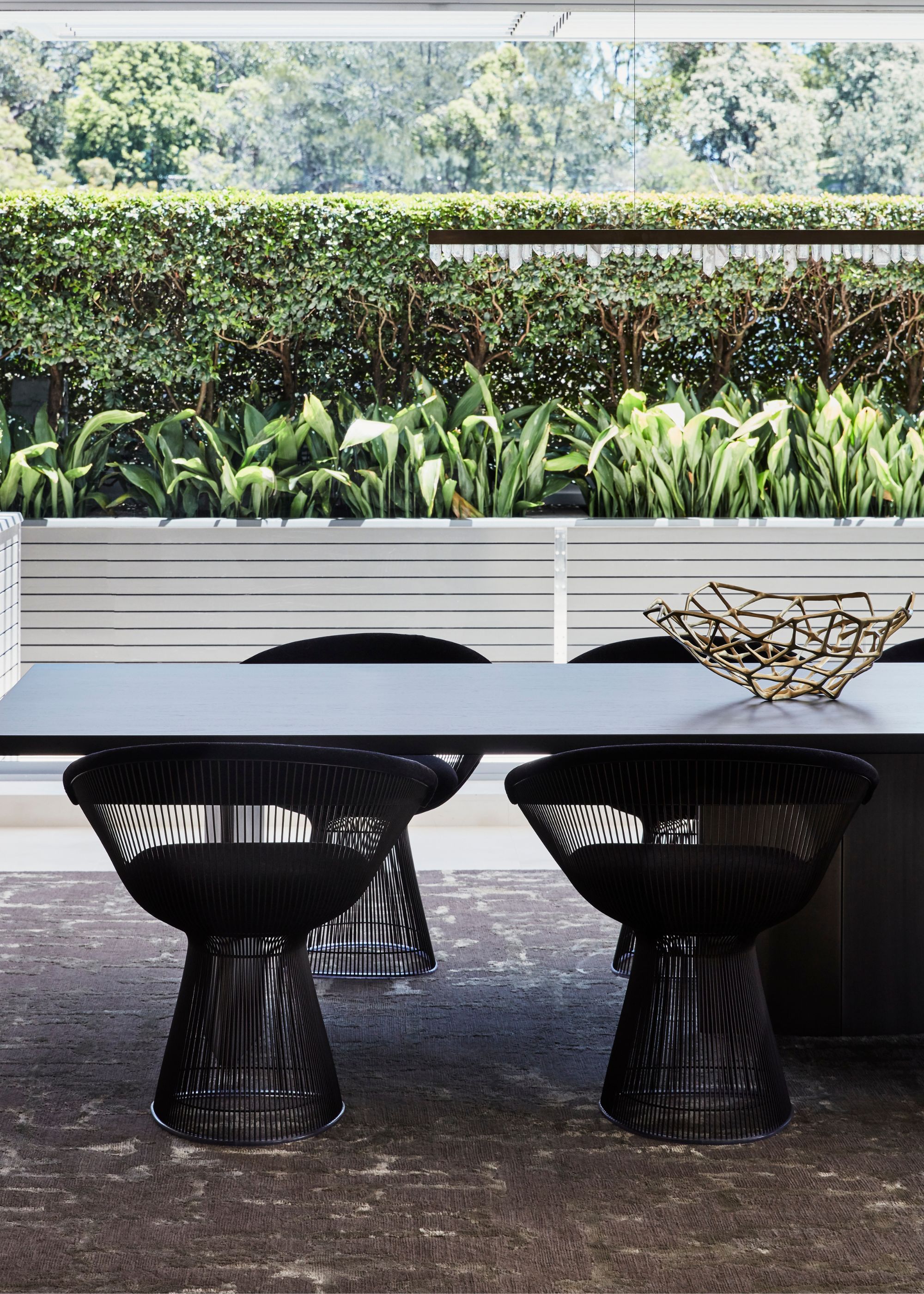
English laurel is a classic option for a hedge.
If it's simplicity that you are after, look no further than a compact row of English laurel for your fence line. These bushy evergreens offer privacy and are one of the best trees for a windbreak, as they allow gusts and gales to blow through them and slow down, unlike solid walls, which can cause heavy winds to redirect and cause damage.
If you prefer to plant English laurel in front of a fence, allow enough space for access to trim it once a year. Another classic way to landscape with English laurel is to grow it behind a low wall and have the hedge sit above it.
"There are many different ways to create fence lines or garden screening for privacy," says landscape gardener Ward Dilmore, founder of Petrus Luxury Landscaping. "Though here in California, there are some tried and tested plants that are very popular.
"English Laurel is one of the most popular forms of green screening here in the Bay Area of CA. These are very easy, evergreen shrubs to grow; they are fast-growing and create a dense, glossy green wall when established.
"They tolerate pruning very well, and respond quickly to fertilizers, which will help them to maintain their glossy, dark green appearance. English Laurels need to be monitored closely for water as they will need to maintain adequate moisture, especially during their establishment in a landscape."

Ward Dilmore is an experienced Landscape Designer and Architect based in the California Bay area. He is also the Founder of Petrus, a renowned Luxury Estate Landscaping Company. Ward’s journey into landscaping began with a strong connection to nature and a sharp eye for detail developed over years of caring for private estates.
6. A Stucco Wall With Flowering Vines for Elegance
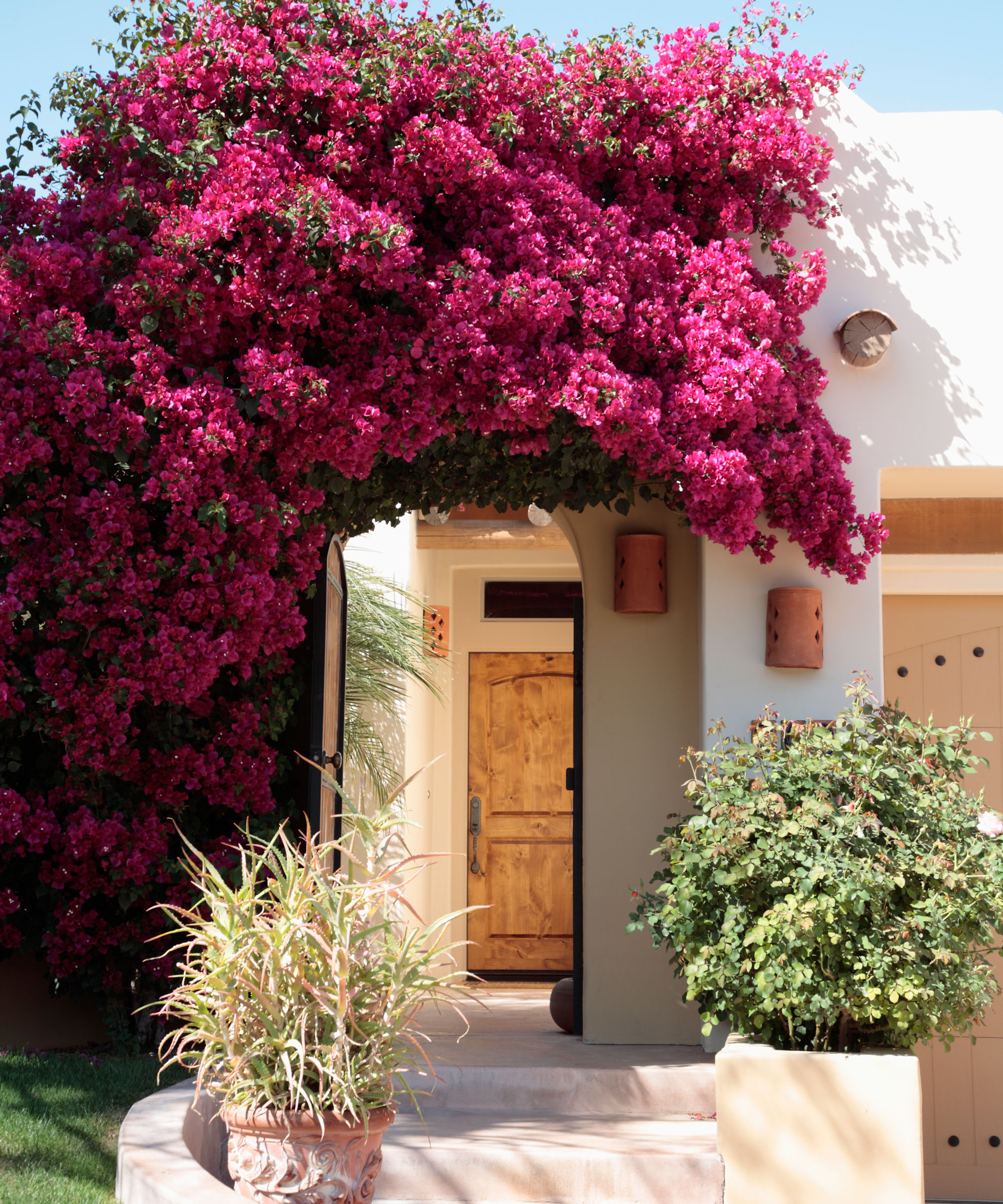
A white stucco wall looks even better with flowering vines
An elegant, smooth white stucco wall is a classic landscaping idea for properties with large gardens. Although stucco walls look beautiful bare, they look even better as a backdrop for fast-growing climbing plants. In hot places, bougainvillea is an obvious and beautiful choice, with its vibrant color contrasting against the cool white finish of the stucco wall.
"Stucco is a higher-end, more substantial option for fencing or walls in a landscape, " says Ward. "It creates an amazing Mediterranean feel, especially when covered with an attractive vine. Jasmine is a good option for an easy-to-maintain wall of fragrant flowers.
"However, if uncovered, Stucco will generally have to be painted every few years to retain its appearance, and cracks may need to be filled in as it ages. Though if you live in a warmer climate, this is a fantastic option for boundary walls."
7. Pittosporum or Photinia to Separate Gardens
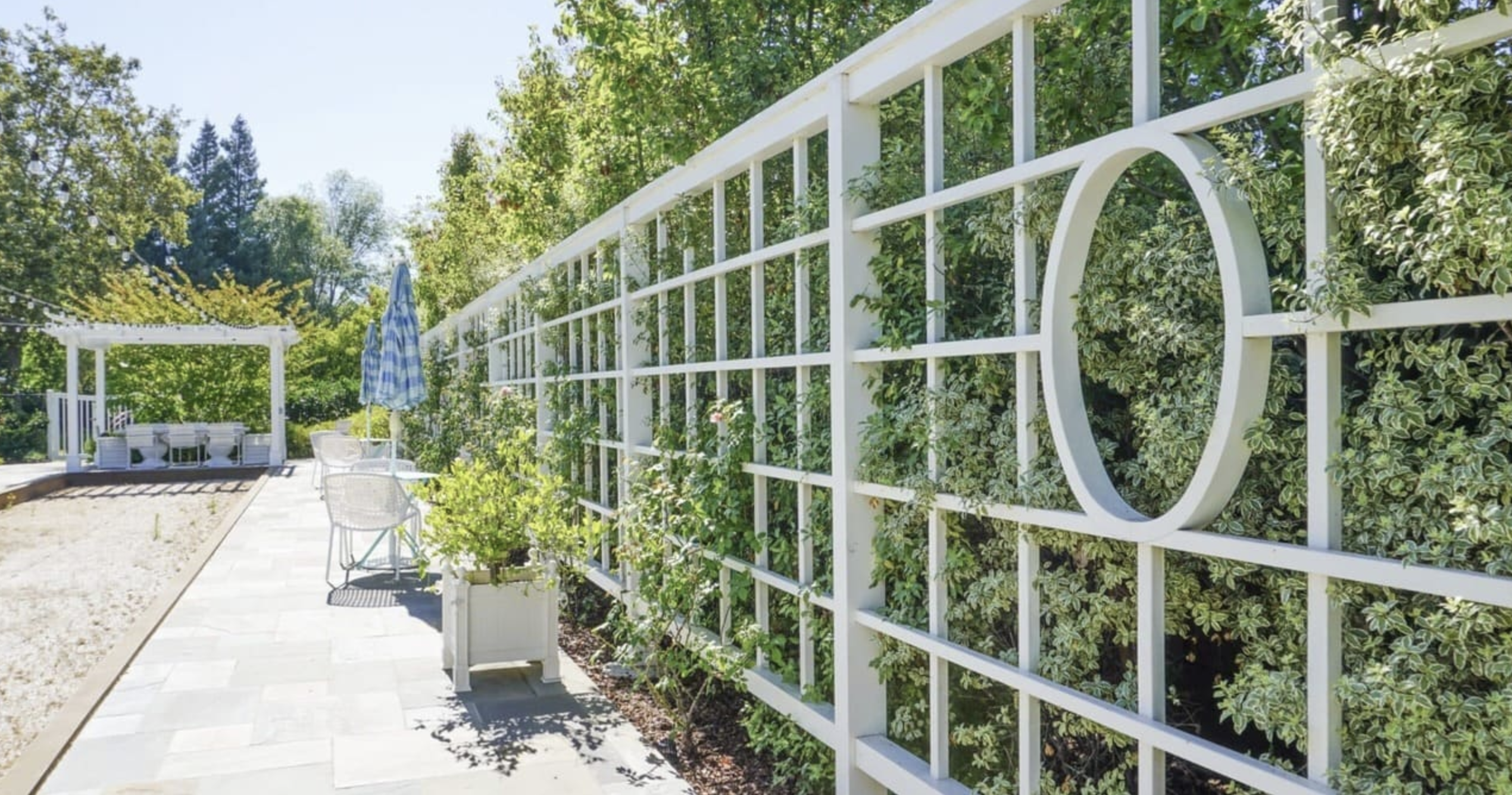
Bushy plants with pretty leaves make great hedges
This pretty evergreen shrub makes a good choice for a fence line plant. It is bushy enough to be grown as a hedge, or in shaped mounds to line a front yard boundary. It could also be planted in front of a fence or wall.
"Pittosporum is a popular hedge in California, and there are many different varieties, from variegated white and green types to large and small leaf varieties," says Ward. "Pittosporums have smaller leaves than English Laurels, and are a good choice for a hedge that will separate one garden from the other. Some varieties have the added bonus of a fragrant flower in the spring."
"Providing instant green impact, hedges also create wildlife habitats and capture pollution too," says garden designer Manoj Malde, author of Your Outdoor Room. "If you are living in a city, you may like to go for a closely clipped, formal-looking hedge to suit the formal architecture of buildings so often found in cities.
"If you live in a suburban area, where the architecture of properties is less formal, you could keep your hedge less severely clipped, so it has a more relaxed look."
"Photinia is also a good choice for a hedge or fence line and can be easily overlooked in favor of English laurel or Pittosporum," adds Ward. "Its unique feature is its new growth, which appears as a glossy red leaf. When Photinia becomes a large, established hedge, this can create a very attractive red leafed wall in the landscape each spring when the new growth appears."

Manoj Malde is an award-winning garden designer, TV gardener, and author of Your Outdoor Room. He is also an RHS show judge, RHS ambassador, and Chelsea Flower Show medalist. Manoj is highly skilled at combining colors and textures with planting schemes and attributes his love of color to his Indian ancestry as well as his background in the fashion industry.
8. A Limited Palette of Color for Small Spaces
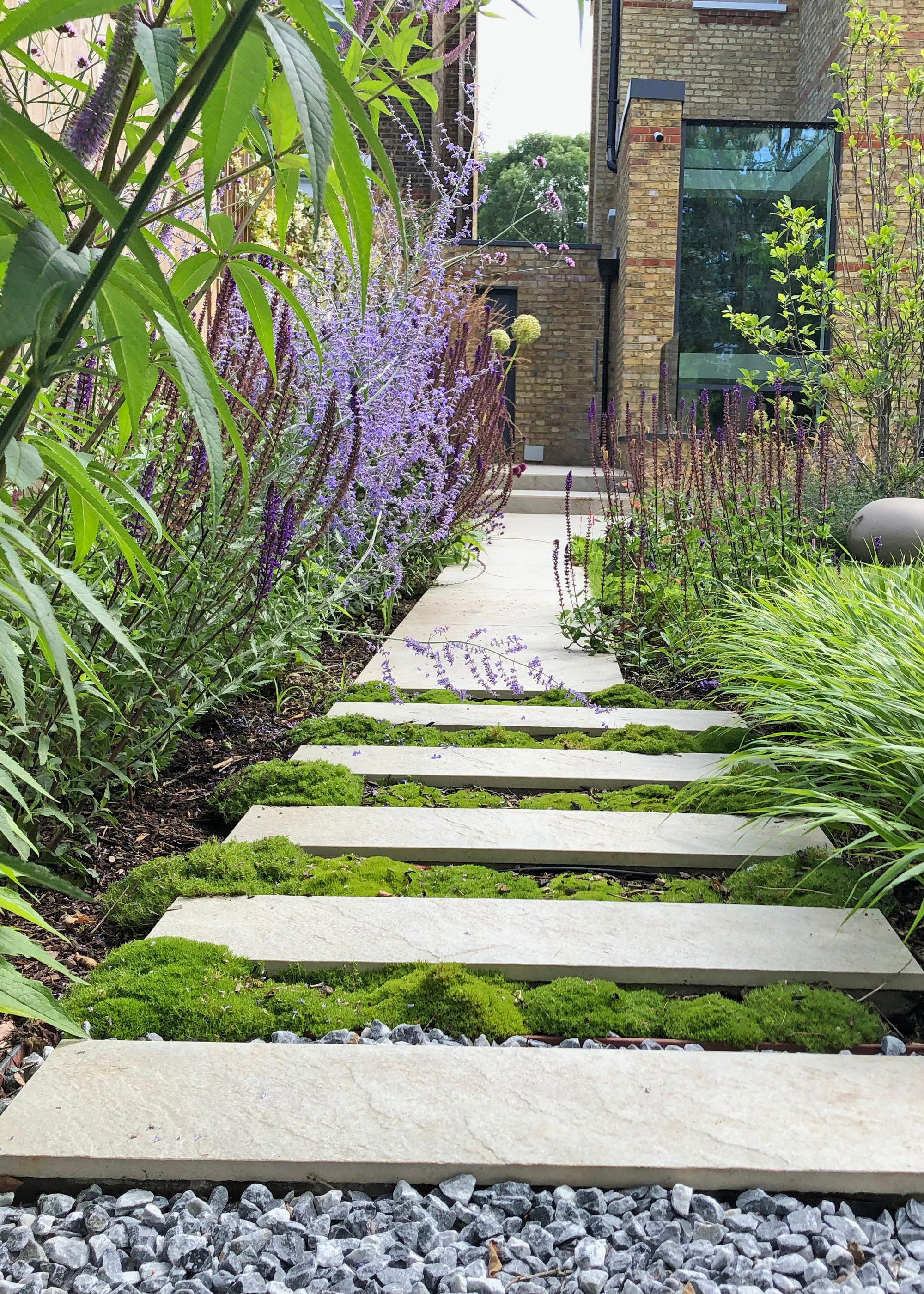
The shapes of the flower heads and stems contrast beautifully.
Choosing a simple color palette of plants, such as lavender interspersed with alliums and foliage for a fence line, softens the hardscape materials, whilst still looking elegant and modern.
Further interest is provided in this scheme by James Lee Garden Design by the contrasting shapes of the spiky lavender stems and pom pom flower heads of the alliums.
"In a small garden, too many different materials, colors, and plants can make the space feel cluttered," says Manoj. "Limiting your palette and repeating plants and features can help make your garden feel more spacious."
9. Stagger Large Flowering Shrubs for Country Style
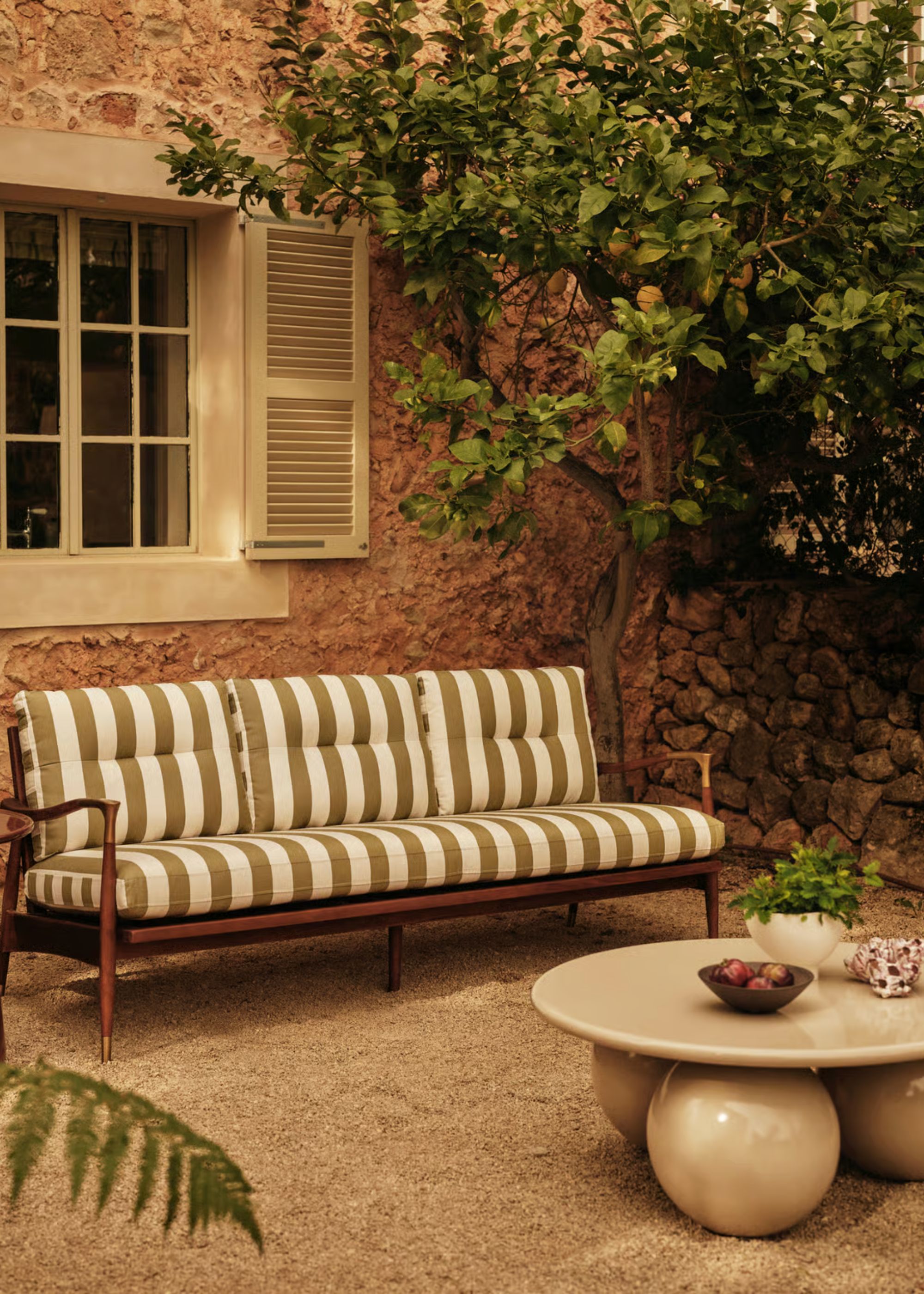
Large flowering shrubs add dimension and depth to a space.
While shades of green or a limited palette look fresh and modern and will suit smaller spaces, some people love blousy blooms and assorted colors along a fence line. This works especially well in larger gardens, where there is plenty of space to fill generous borders with tall flowering shrubs
"In a country garden, I like to imagine the fence line is not there," says David Angelov, founder, Plant Parenthood Design. "I plant larger shrubs like winter berry, clethra, or red twig dogwood, but not in a row, more staggered, so it looks like the garden just continues. I'll mix in some switch grass, feather reed grass, and tall perennials like alliums, plus some shorter shrubs in the foreground.
"If you want to mix up the flowering times, clethra is a summer bloom, azalea will flower in the spring, and winterberry has red or yellow berries in the winter. Feather reed grasses come out in summer and don't need to be cut back."
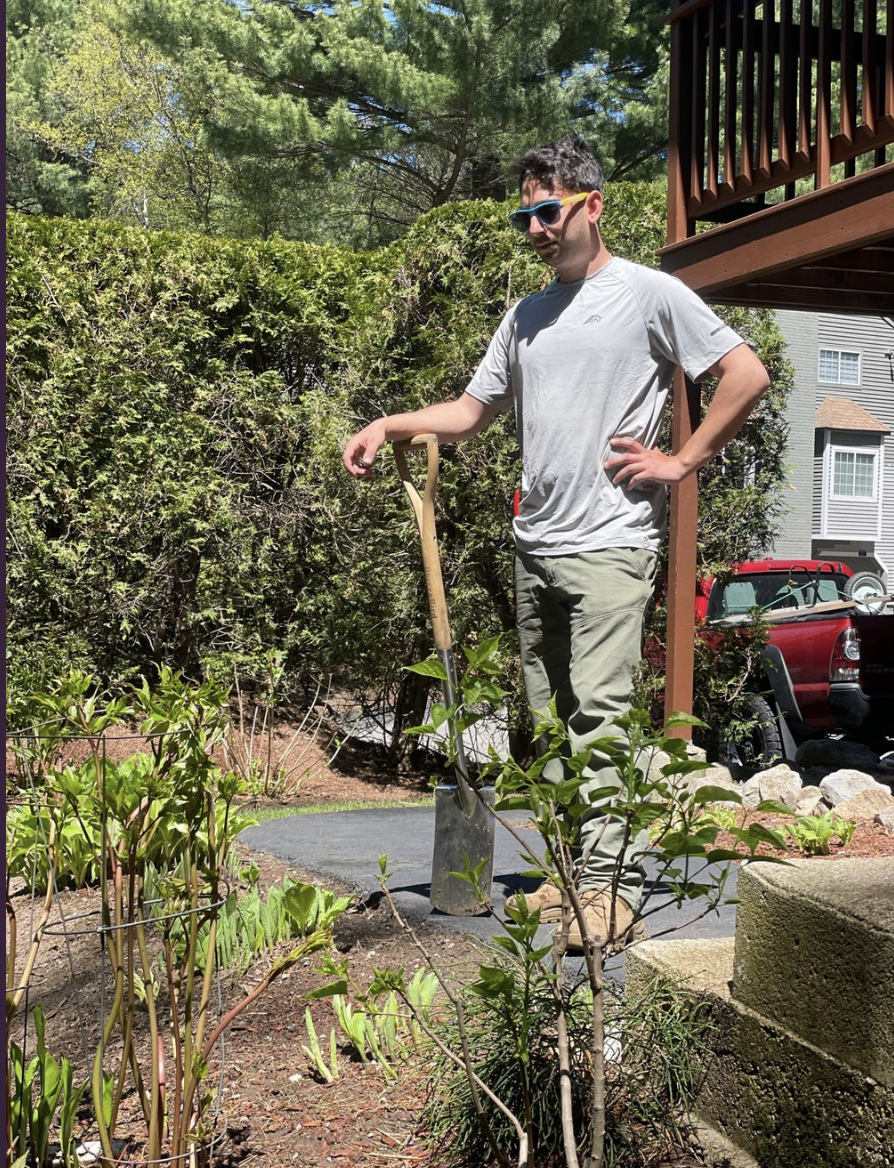
Master gardener, David Angelov is CEO & Founder of PlantParenthood in Massachusetts. PlantParenthood is a quickly growing garden design, maintenance, and education company providing interior and exterior garden design and installation services.
10. Choose Lilacs and Hydrangeas for a Shady Spot
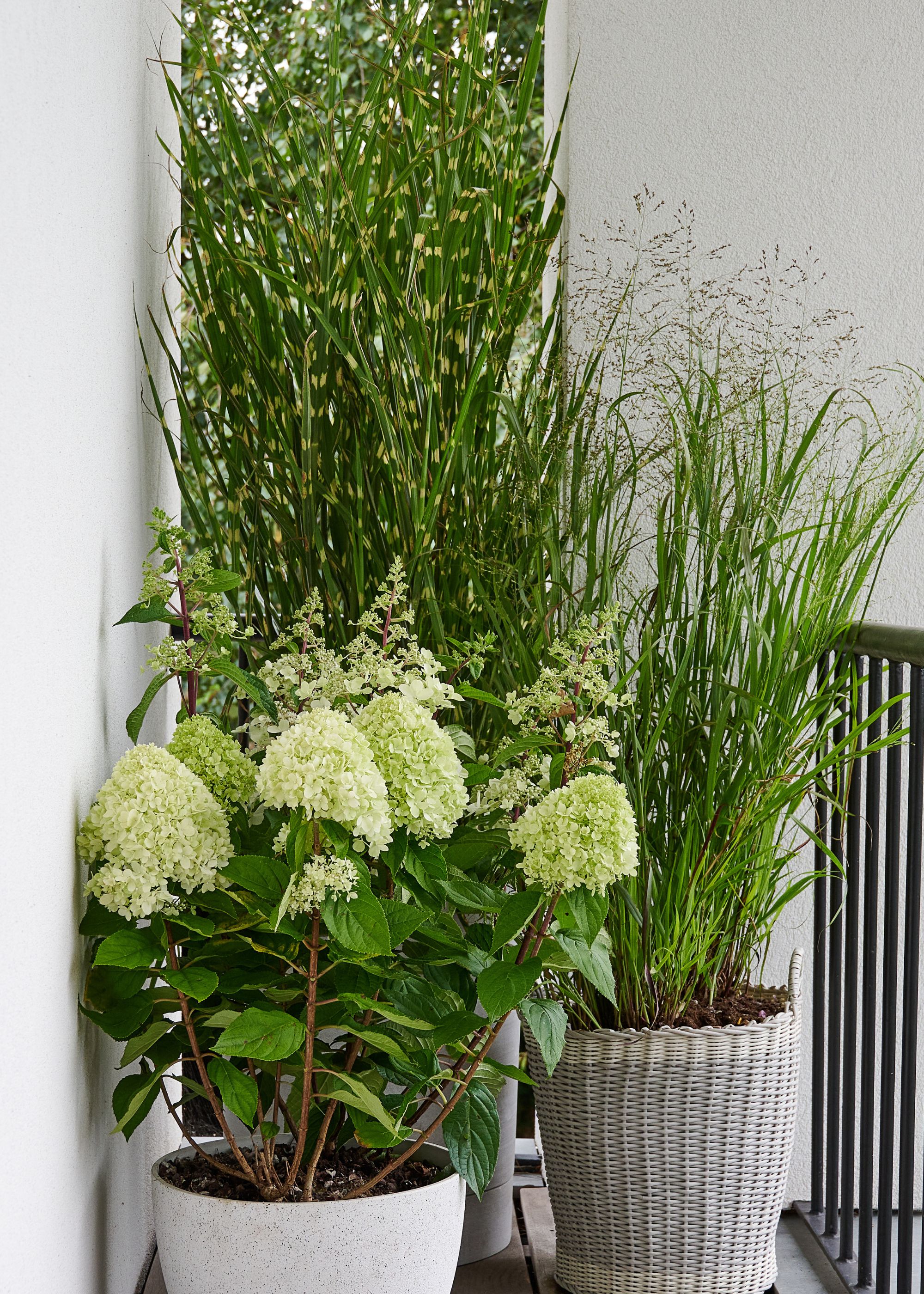
Check which plants are best suited to the location.
As any gardener will know, plants have their preferred conditions. This means, as much as you may want a particular plant or flower along your fence line, if the light, climate or other conditions aren't right for it, it will struggle to grow. Rather than fight with Mother Nature, your best bet is to find plants that are suitable for the space.
For fence line shade garden ideas, perhaps those in front of large evergreen trees, David Angelov has a few of his favorite flowers to recommend.
"I like to plant lilacs in a part shade area, trimmed to about six feet, so the flowers are at eye level," says David. "Hydrangeas are great too, they will round off corners if they are planted in a hedge. I tend to work in threes, so three hydrangeas, then a lilac, then three more hydrangeas, it's aesthetically pleasing to the eye and looks natural."
FAQs
What Is the Best Low Maintenance Plant for a Fence Line?
There are a number of low-maintenance plants that are suitable for a fence line. The key is to choose something that won't need too much pruning. A go-to for our gardening and landscaping experts is Star Jasmine, an adaptable evergreen climbing vine, which will cover a fence with fragrant flowers.
"Sometimes an inexpensive fence is the answer to unify boundaries in a garden," says Kate Gould, founder, Kate Gould Gardens. "If you grow evergreen climbers — a favourite is Tracheleospermum jasminoides (evergreen Jasmine) — up it the panels will soon disappear under the foliage and scented blooms."

Kate Gould Gardens began in 1998 and now, 27 years and 5 Chelsea gold medals later, Kate is one of the most sought after garden designers in London. Alongside her talented team, you’ll still find her with her hands in the dirt, installing the latest exquisite planting scheme she has dreamt up.
When choosing plants for your fence line, first find out your soil type, orientation, and the amount of sun and shade that is cast. It's entirely possible that what works on a sheltered side of your garden might not suit a side that is exposed to more sun.
Once you have this information, you are better placed to make plant choices, as you will know what will grow well, whether your style leans towards clean and linear or bold and blousy. We have a roundup of our favorite "living" privacy fences for more inspiration.
Jacky Parker is a freelance lifestyle journalist and writer, producing a wide range of features for magazines and digital platforms. She has written for Livingetc and its sister titles, Homes & Gardens and Country Homes & Interiors for more than 15 years, both as a freelance contributor and as Acting Digital Editor and Acting Style Content Editor, regularly reporting on the latest interiors, gardens and wellness inspiration, speaking to experts in their respective fields, and discovering the best tips.
Jacky has also written for other publications, including Sunday Times Style, The Telegraph, Architectural Digest, House Beautiful, ELLE Decoration, Red, Grand Designs and more.
